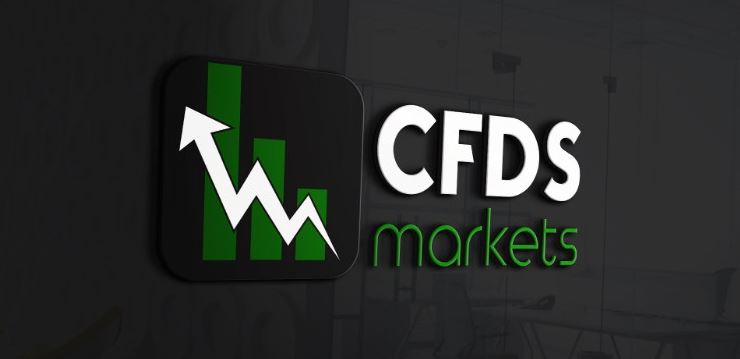
CFDs, short for Contracts for Difference, serve as derivative products enabling traders to forecast the price movements of financial assets like stocks, indices, currencies, and commodities without necessitating ownership of the underlying asset.
To understand more about CFD and how does CFD work, it’s essential to grasp the fundamental principle of CFD trading. The basic principle of Contracts for Difference revolves around profiting from the disparity between a contract’s opening and closing prices.
In contrast to conventional investing, which involves acquiring and possessing the asset, CFD empowers traders to leverage bullish and bearish market trends.
Furthermore, CFDs provide traders with a convenient avenue to access global markets and diversify portfolios without the burden of physical ownership.
This article will delve into the systematic Contracts for Difference trading process, illuminating its complexities.
Step 1: Choosing a CFD Broker
The primary step in embarking on this trading journey involves meticulously selecting a reputable broker. Opting for a broker with a user-friendly platform, competitive spreads, and extensive financial instruments is paramount.
It’s imperative to conduct comprehensive research and opt for a broker regulated by a credible financial authority, ensuring the utmost security and transparency in trading endeavours.
Additionally, evaluating ancillary services such as customer support, educational resources, and investing tools can significantly enhance the trading experience.
Step 2: Opening an Account
After selecting a suitable CFD broker, the next step is to open a trading account. This involves registering, providing identification documents for verification, and depositing funds into the account. Brokers typically provide various account options designed to accommodate diverse preferences and levels of experience.
It is essential to thoroughly examine the available account options and match them with your specific investing goals and risk tolerance levels.
This ensures you choose the most suitable account type for your needs and objectives, setting a solid foundation for your journey.
Step 3: Conducting Market Analysis
Conducting comprehensive market analysis is indispensable for identifying potential trading opportunities prior to executing trades.
This involves scrutinising technical indicators, chart patterns, and fundamental factors influencing the price dynamics of selected financial instruments.
Traders often employ technical and fundamental analysis to make well-informed decisions. Furthermore, staying abreast of market news and economic developments can furnish valuable insights into prevailing market sentiments and potential price movements.
Step 4: Placing a Trade
Once you identify a viable trading opportunity, it’s time to initiate a trade. This entails specifying the position size, establishing stop-loss and take-profit levels to decrease risks, and determining whether to adopt a long (buy) or short (sell) stance based on market analysis.
Contracts for Difference enables traders to leverage their positions, exerting control over more prominent positions with a fraction of the capital. However, exercising prudence while utilising leverage and contemplating its potential ramifications on the trading account is imperative.
Step 5: Monitoring Your Trade
After executing a trade, vigilantly monitoring the position’s performance is essential. Traders must closely track market movements, news events, and other pertinent factors impacting the underlying asset’s price.
Employing stop-loss and take-profit orders facilitates automated trade management and shields capital from substantial losses.
Furthermore, maintaining a regular review of activities and analysing performance aids in identifying areas for refinement and improvement.
Step 6: Closing Your Trade
Upon the trade attaining the predetermined take-profit, stop-loss levels, or manual exit decision, it’s time to terminate the position. Concluding a trade involves executing an opposing transaction to the initial trade, henceforth locking profits or losses. Regularly reviewing trades and analysing performance is crucial in identifying avenues for enhancement.
Additionally, maintaining a comprehensive trading journal to document trades, emotions, and observations facilitates the continual refinement of investing strategies over time.
CFD trading provides traders with a versatile and convenient method to speculate on the price fluctuations of diverse financial instruments.
By mastering how does CFD work and its process, traders gain the confidence to steer markets wisely and make informed decisions. Yet, it’s paramount to acknowledge the inherent risks linked with Contracts for Difference and to develop robust risk management strategies to safeguard capital efficiently.
Diligent education, thorough research, and consistent practice are essential for traders to succeed in this trading and to transform it into a rewarding endeavour.
With careful attention to risk management and a dedication to ongoing learning, Contracts for Difference offers abundant opportunities for individuals looking to leverage the global financial markets.








